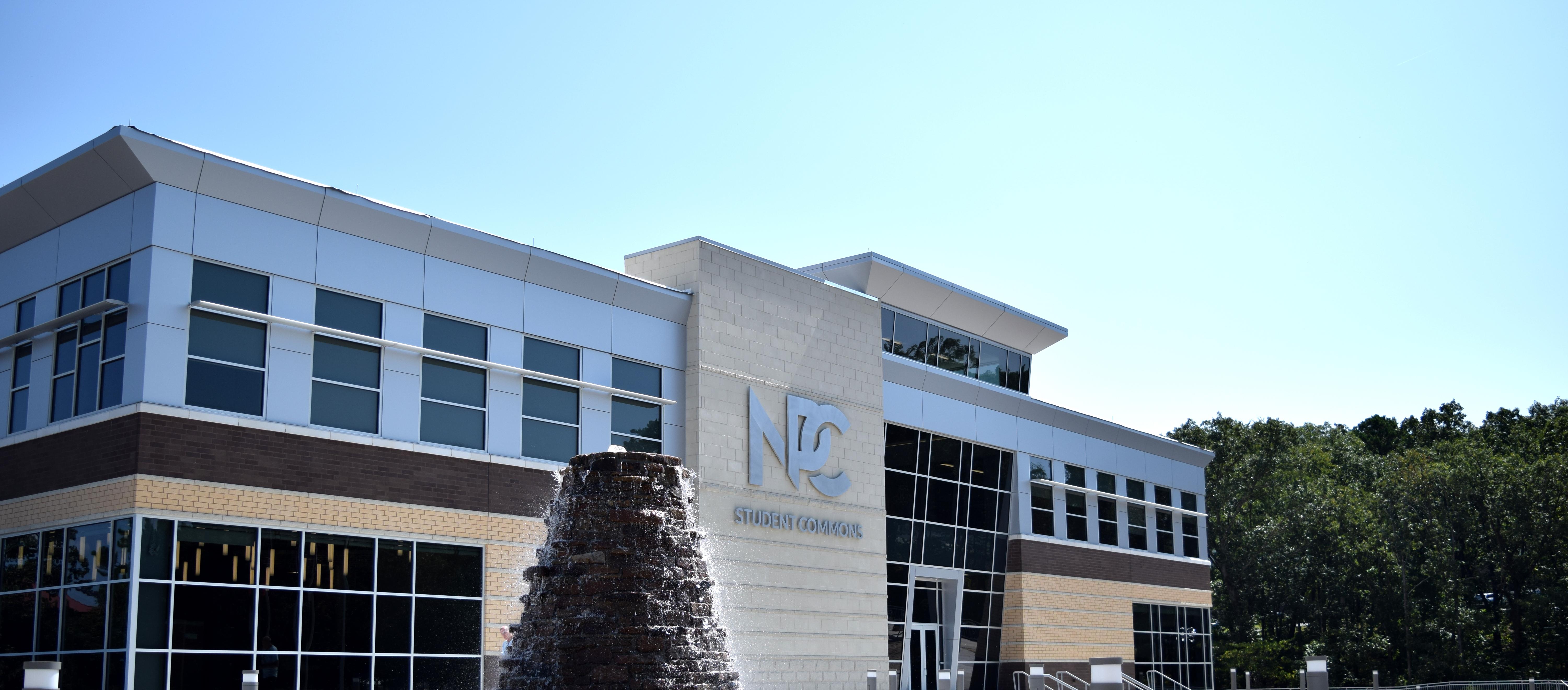| |
Dec 24, 2025
|
|
|
|
|
BIOL 2244 - Microbiology* 4 Credits
Introduces the fundamentals of microbiology with emphasis on the impact of microorganisms on the human population. Primarily designed for the student entering a health related field.
Lab Fee.
Prerequisite: CHEM 1104 - Chemistry For Non-Majors* or CHEM 1204 General Chemistry I* and one of the following two Biology courses - BIOL 1114 - General Biology or BIOL 2224 - Anatomy & Physiology I . Both Chemistry and Biology courses must have earned a C grade or better within the last 7 years.
Course Level Objectives
Upon successful completion of this course, the student will be able to:
1. Discuss historical people, events, and technologies that contributed to the current science of microbiology. (GEO 1, 3)
2. Recognize biological and chemical concepts, including metabolism, as applied to microorganisms. (GEO 3)
3. Identify basic classification, characteristics, and behavior of microorganisms. (GEO 3)
4. Recognize host-microbe interactions and their effects on other living organisms, industry, and medicine with an emphasis on organisms that may result in infection. (GEO 3)
5. Discuss the fundamentals of immunology. (GEO 1, 3)
6. Apply principles of asepsis, sterilization, and disinfection. (GEO 2, 3)
7. Apply principles of epidemiology as they apply to the effect of microorganisms on the human population. (GEO 2, 3)
8. Apply appropriate general methods for the prevention and control of infectious disease transmission. (GEO 2, 3)
9. Discuss microbial growth and control. (GEO 1, 3)
10. Apply microbial genetics concepts and techniques. (GEO 2, 3)
11. Use/care for microscopes and other laboratory equipment of value to the microbiology laboratory. (GEO 3, 4)
12. Prepare and interpret stains for microbial differentiation, morphology, and special characteristics. (GEO 2, 3)
13. Apply appropriate general laboratory techniques/concepts, including but not limited to aseptic technique, streak plate, identification methods, and proper and timely transfer of microbiological samples to various …(GEO 3, 4)
14. Use computer technology/software to enhance the microbiology learning experience. (GEO 1)
15. Read, summarize, and make personal conclusions/comments on newspaper, journal and internet articles within the realm of microbiology. (GEO 1, 3)
16. Perform hands-on science laboratory experiments. (GEO 4)
17. Collaborate effectively in diverse laboratory and course groups. (GEO 4)
ACTS Equivalent Course Number: BIOL 2004
Add to Portfolio (opens a new window)
|
|

